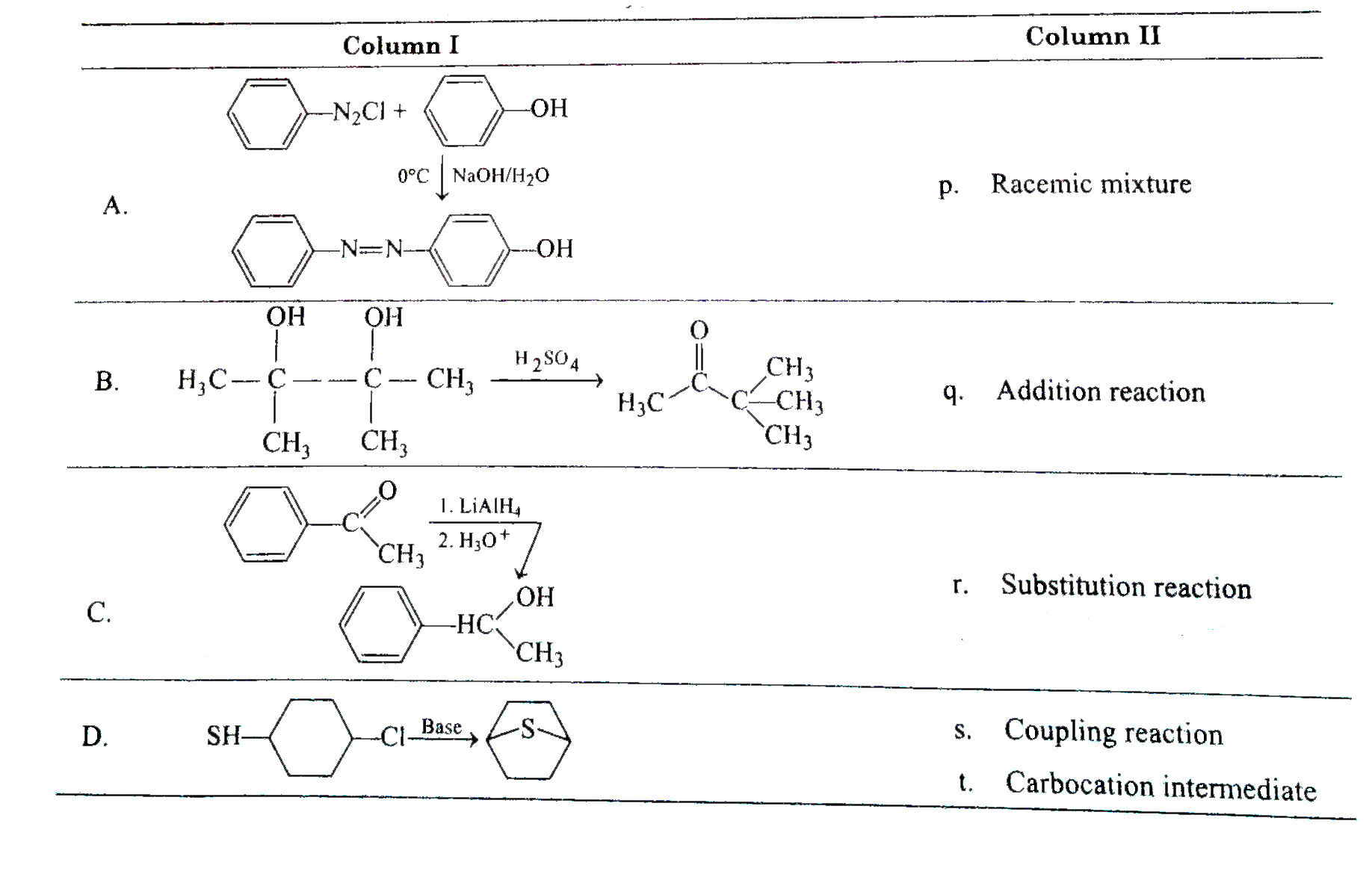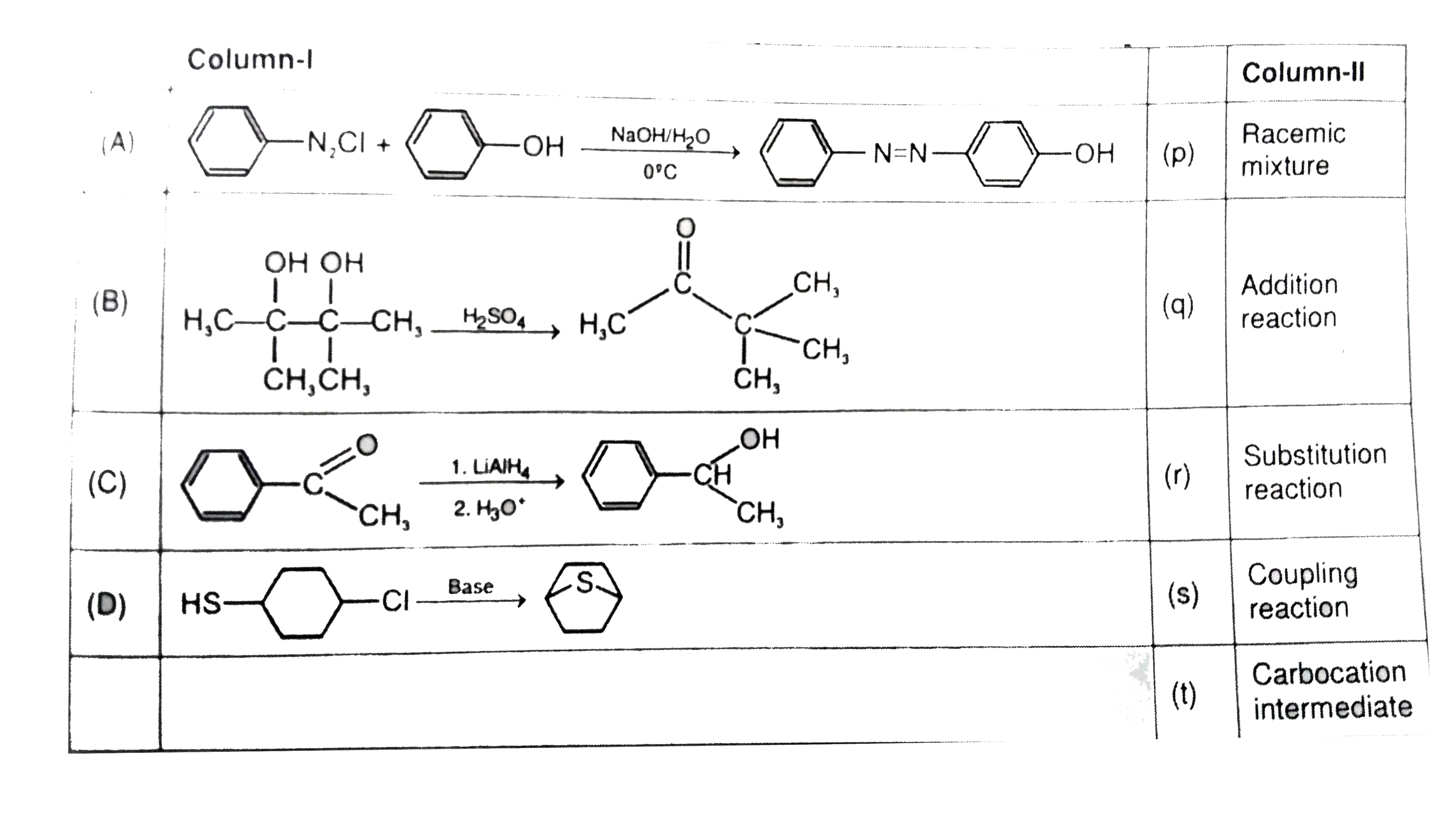All the compounds listed in Column I react with water. Match the result of the respective reactions with the appropriate options listed in Column II.
ColumnIColumnII(CH3)2SiCl2p.Hydrogen halide formation
ColumnIColumnIIXeF4q.Redox reaction
ColumnIColumnIICl2r.Reacts with glass
ColumnIColumnIIVCl5sPolymerisationt.O2formation
The correct Answer is:A, B, C, D
To solve the problem of matching the compounds from Column I with their respective reactions and observations in Column II, we will analyze each compound's reaction with water step by step.
1. Identify the Compounds in Column I:
- The compounds mentioned are:
- XF4
- F2
- PCl5
- VCl5
2. Analyze the Reaction of Each Compound with Water:
- For XF4:
- When XF4 is hydrolyzed, it produces XO3, XO2, and HCl.
- The reaction can be summarized as:
XF4+H2O→XO3+XO2+HCl
- Observation: Hydrogen halide formation occurs, and there is a possibility of disproportionation.
- For F2:
- Hydrolysis of F2 yields HF and O2.
- The balanced reaction is:
2F2+2H2O→4HF+O2
- Observation: Hydrogen halide formation occurs, and HF can dissolve glass.
- For PCl5:
- Hydrolysis of PCl5 produces H3PO4 and HCl.
- The reaction can be written as:
PCl5+4H2O→H3PO4+5HCl
- Observation: Hydrogen halide formation occurs, but glass does not dissolve.
- For VCl5:
- Hydrolysis of VCl5 yields VOCl3 and HCl.
- The reaction is:
VCl5+3H2O→VOCl3+5HCl
- Observation: Hydrogen halide formation occurs, and glass does not dissolve.
3. Match the Results with Column II:
- Based on the observations from the reactions:
- XF4 matches with observation related to hydrogen halide formation and disproportionation.
- F2 matches with observation related to hydrogen halide formation and glass dissolving.
- PCl5 matches with observation related to hydrogen halide formation without glass dissolving.
- VCl5 matches with observation related to hydrogen halide formation without glass dissolving.
Final Matches:
- XF4 → Observation related to disproportionation and hydrogen halide formation.
- F2 → Observation related to glass dissolving and hydrogen halide formation.
- PCl5 → Observation related to hydrogen halide formation (no glass dissolving).
- VCl5 → Observation related to hydrogen halide formation (no glass dissolving).
- The compounds mentioned are:
- XF4
- F2
- PCl5
- VCl5
- When XF4 is hydrolyzed, it produces XO3, XO2, and HCl.
- The reaction can be summarized as:
XF4+H2O→XO3+XO2+HCl
- Observation: Hydrogen halide formation occurs, and there is a possibility of disproportionation.
- Hydrolysis of F2 yields HF and O2.
- The balanced reaction is:
2F2+2H2O→4HF+O2
- Observation: Hydrogen halide formation occurs, and HF can dissolve glass.
- Hydrolysis of PCl5 produces H3PO4 and HCl.
- The reaction can be written as:
PCl5+4H2O→H3PO4+5HCl
- Observation: Hydrogen halide formation occurs, but glass does not dissolve.
- Hydrolysis of VCl5 yields VOCl3 and HCl.
- The reaction is:
VCl5+3H2O→VOCl3+5HCl
- Observation: Hydrogen halide formation occurs, and glass does not dissolve.
- Based on the observations from the reactions:
- XF4 matches with observation related to hydrogen halide formation and disproportionation.
- F2 matches with observation related to hydrogen halide formation and glass dissolving.
- PCl5 matches with observation related to hydrogen halide formation without glass dissolving.
- VCl5 matches with observation related to hydrogen halide formation without glass dissolving.
- XF4 → Observation related to disproportionation and hydrogen halide formation.
- F2 → Observation related to glass dissolving and hydrogen halide formation.
- PCl5 → Observation related to hydrogen halide formation (no glass dissolving).
- VCl5 → Observation related to hydrogen halide formation (no glass dissolving).
Topper's Solved these Questions
- BOOK - IIT-JEE PREVIOUS YEAR (CHEMISTRY)CHAPTER - P BLOCK ELEMENTSEXERCISE - Fill in the Blanks5videos
P BLOCK ELEMENTS
- BOOK - IIT-JEE PREVIOUS YEAR (CHEMISTRY)CHAPTER - P BLOCK ELEMENTSEXERCISE - True/False5videos
P BLOCK ELEMENTS
- BOOK - IIT-JEE PREVIOUS YEAR (CHEMISTRY)CHAPTER - P BLOCK ELEMENTSEXERCISE - Passage Based Question8videos
P BLOCK ELEMENTS
- BOOK - IIT-JEE PREVIOUS YEAR (CHEMISTRY)CHAPTER - ORGANIC CHEMISTRY BASICSEXERCISE - CHAPTER TEST2videos
ORGANIC CHEMISTRY BASICS
- BOOK - IIT-JEE PREVIOUS YEAR (CHEMISTRY)CHAPTER - PERIODIC CLASSIFICATION AND PERIODIC PROPERTIESEXERCISE - COMPREHENSION_TYPE3videos
PERIODIC CLASSIFICATION AND PERIODIC PROPERTIES
Similar Questions
Knowledge Check
- Question 1 - Select One
Match the compounds listed in Column-I with use in Column-II
 AI-b,II-d,III-c,IV-aBI-d,II-a,III-c,IV-bCI-a,II-d,III-c,IV-bDI-a,II-d,III-b,IV-c
AI-b,II-d,III-c,IV-aBI-d,II-a,III-c,IV-bCI-a,II-d,III-c,IV-bDI-a,II-d,III-b,IV-c - Question 2 - Select One or More
Match the complexes in Column I with their properties listed in Column II
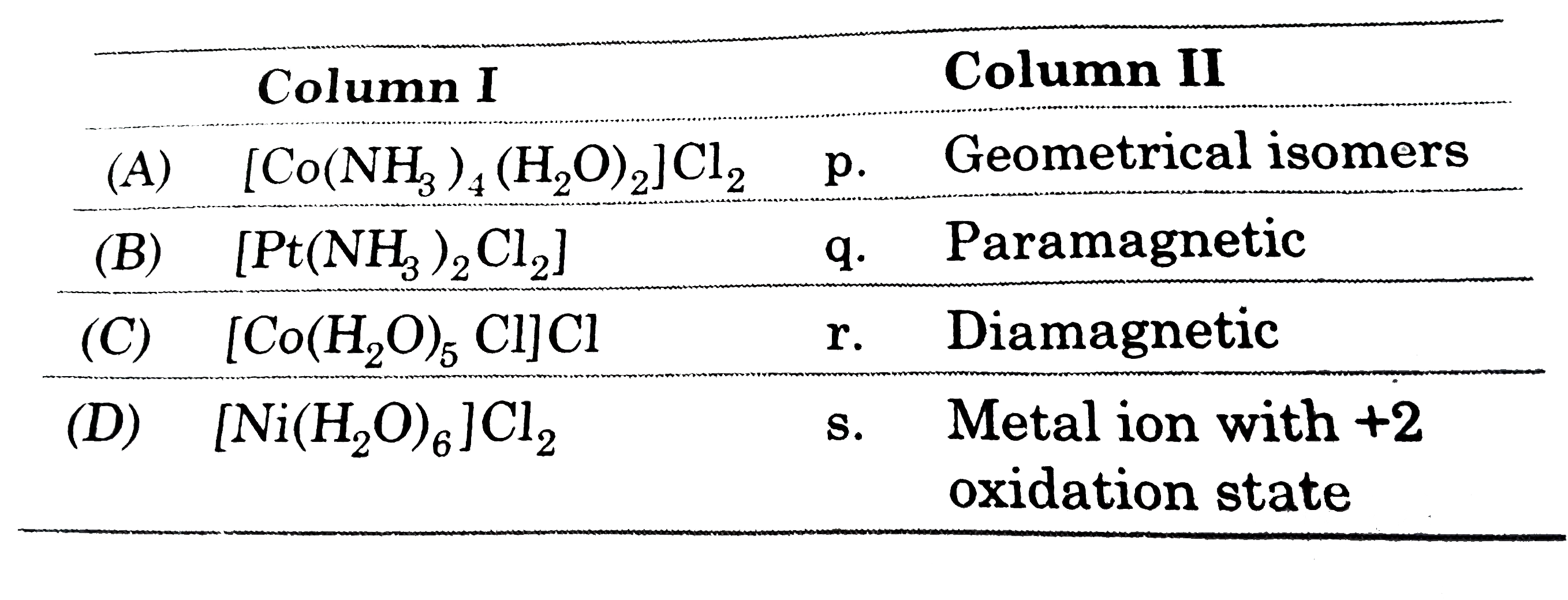 AABCD4231BABCD3142CABCD2134DABCD1342
AABCD4231BABCD3142CABCD2134DABCD1342
Match the reactions in Column I with approprate option in Column II.
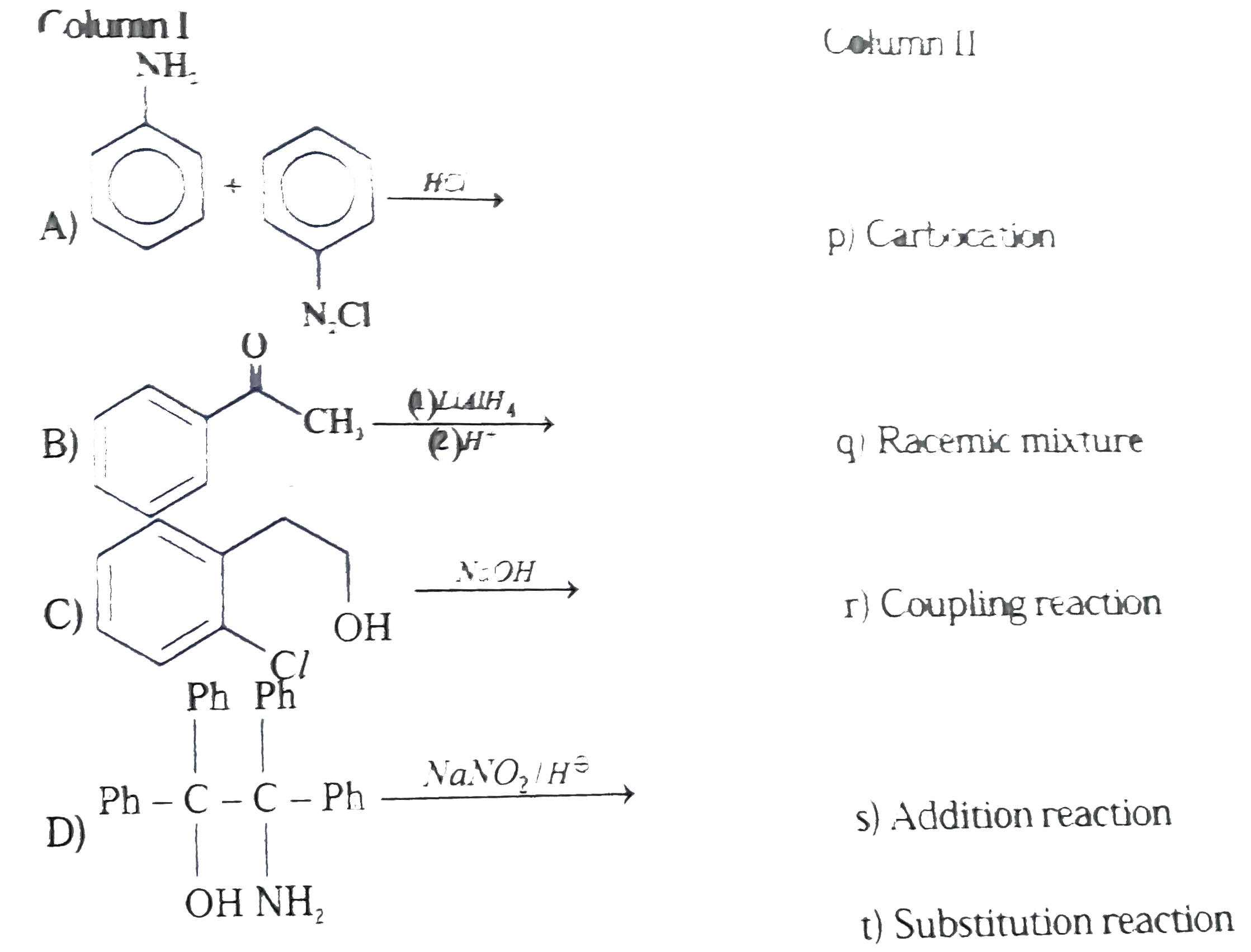 View Solution
View SolutionMatch the reaction in list-I with appropriate option in list II.
 View Solution
View SolutionMatch the transformations In column I with appropriate options in column II.
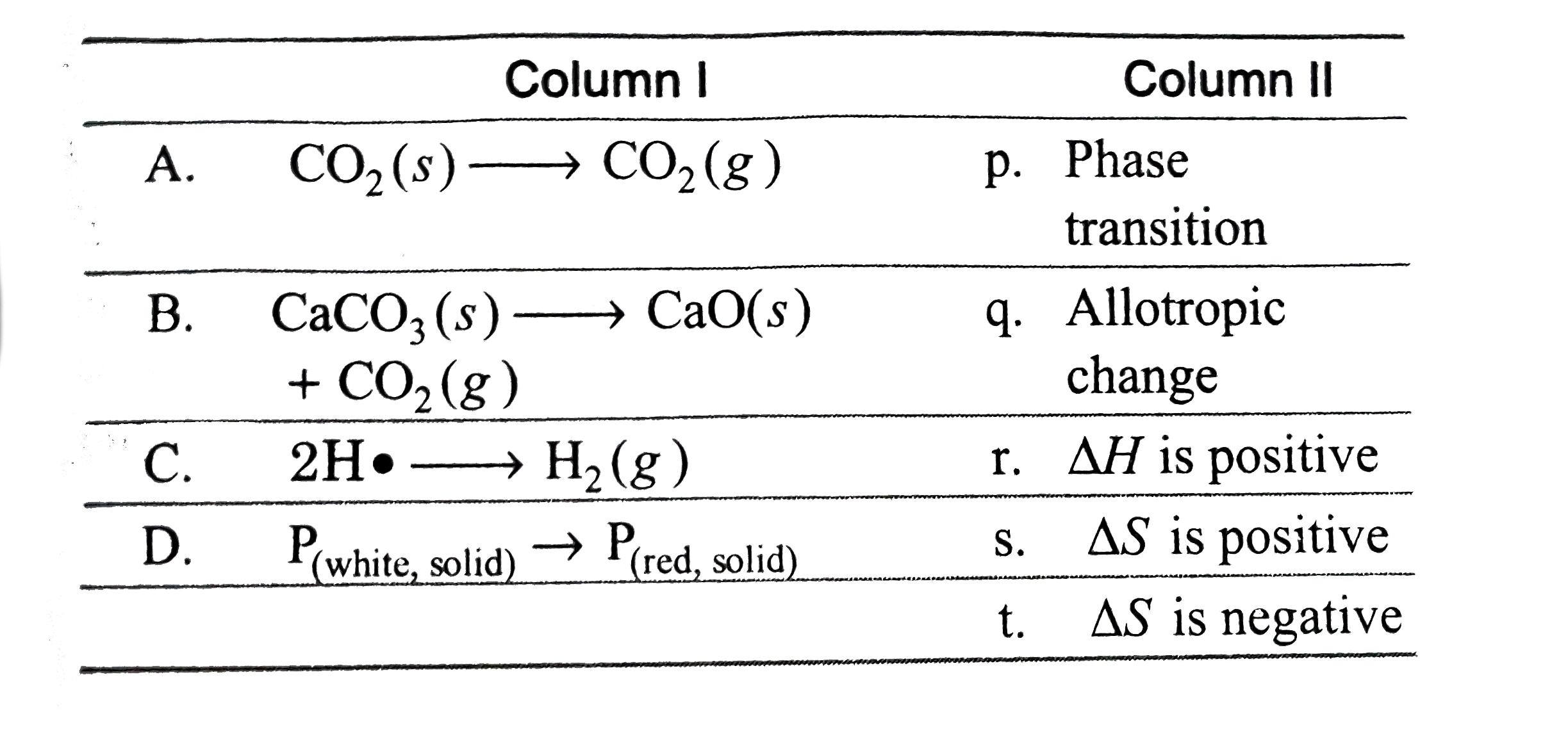 View Solution
View SolutionMatch the transformation in column I with appropriate options in column II
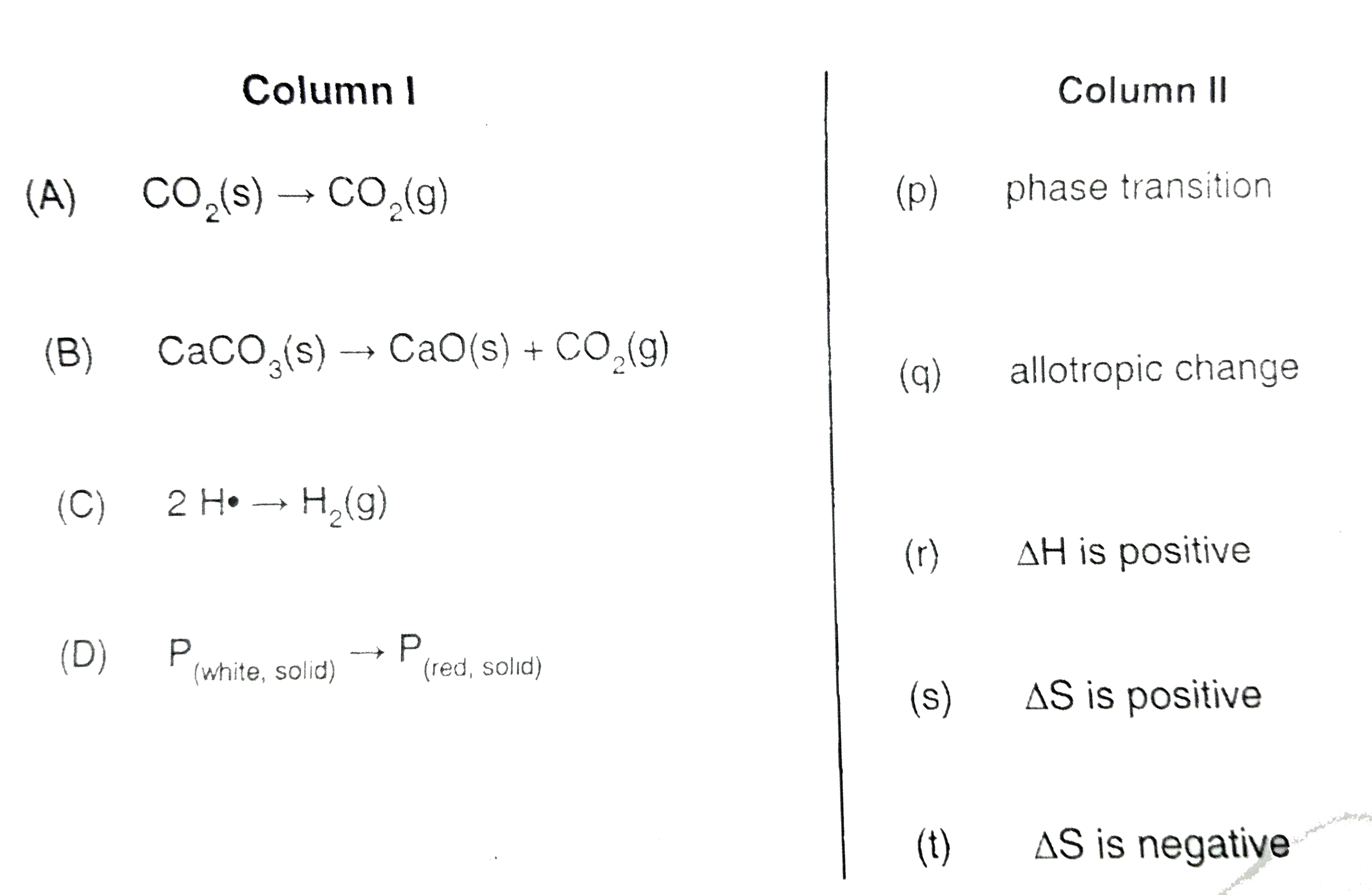 View Solution
View SolutionMatch the given compounds in Column-I with their appropriate descriptions given in Column II.
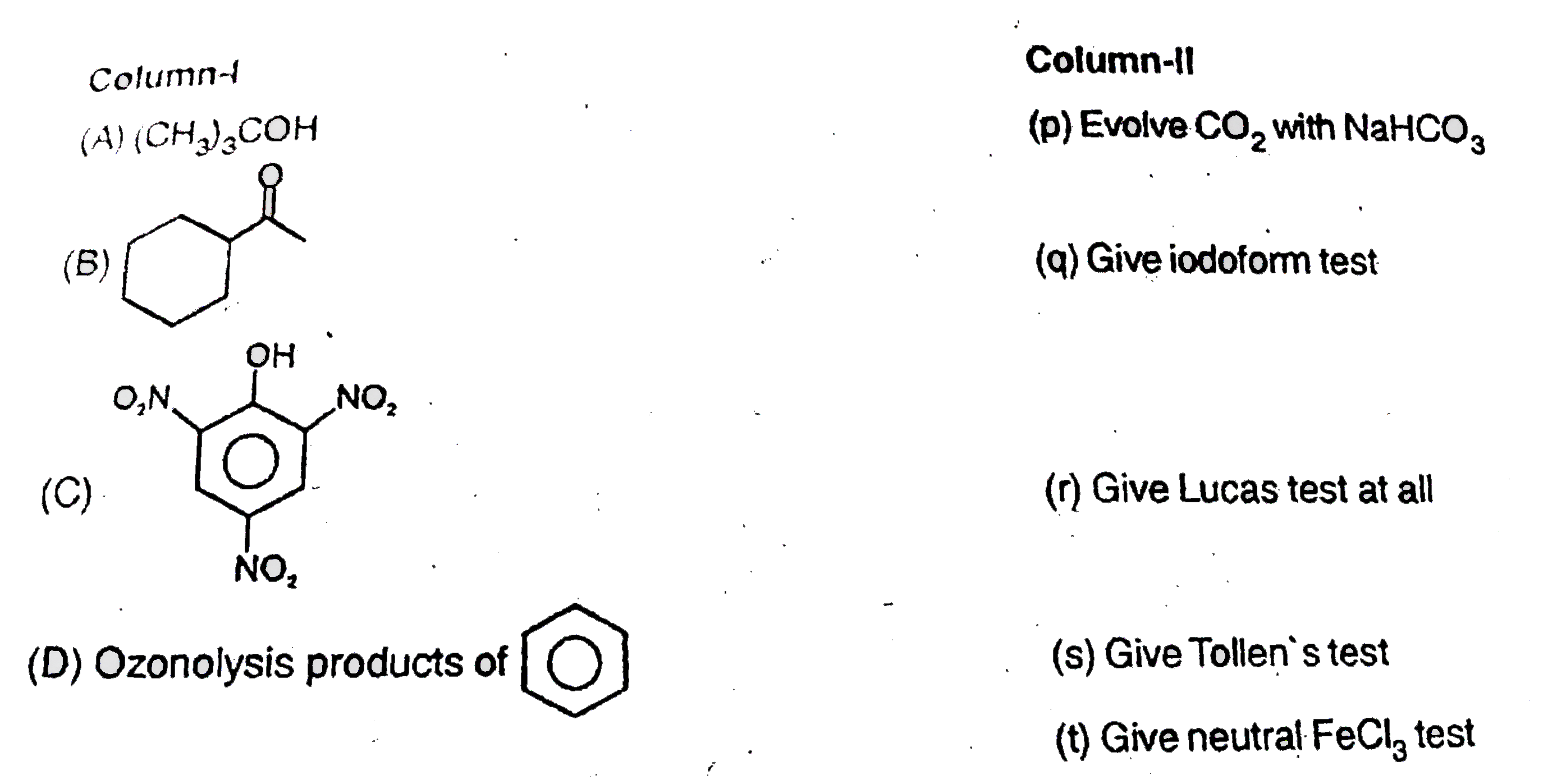 View Solution
View SolutionMatch the compound listed in Column I with characteristic listed in Column II
 View Solution
View Solution


